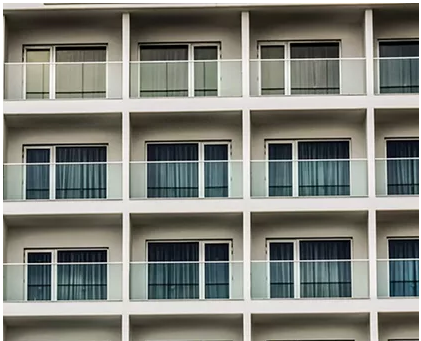
Cladding
The Royal Institute of Chartered Surveyors (RICS) has released new guidance on valuation for properties with cladding defects. This guidance is designed to help valuers ensure that properties with cladding defects are valued accurately and in a consistent manner.
The guidance sets out a risk-based approach to determining when an EWS1 form is required for a property. This form is a declaration from a qualified fire safety assessor that the external wall system of the building does not pose a significant fire risk.
The guidance also provides guidance on how to value properties with cladding defects, taking into account the potential for remediation costs. This is a complex and evolving issue, and the guidance will be updated as necessary to reflect changes in the market and the regulatory environment.
Here are some of the key points of the guidance:
- Valuers should always consider the presence of cladding when valuing a property.
- Valuers should request an EWS1 form for properties with combustible cladding of any height, and for buildings of five storeys or higher with combustible cladding linking balconies.
- Valuers should obtain further information about the cladding system and the potential for remediation costs before making a valuation.
- Valuers should use their professional judgment to determine the appropriate valuation method for properties with cladding defects.
The new guidance is a welcome step towards providing greater clarity and consistency in the valuation of properties with cladding defects. It will help to protect both buyers and lenders from the risks associated with these properties.
Valuation approach for properties in residential buildings with cladding (rics.org)


